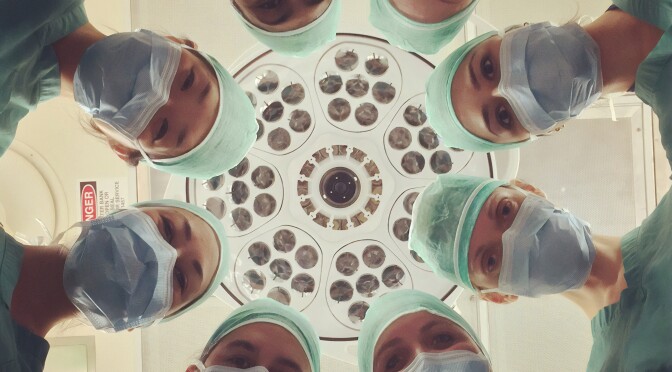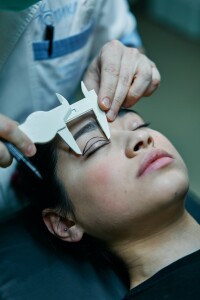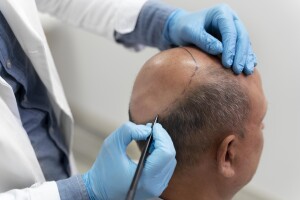Introduction:
So, you’re thinking about Good Plastic Surgery , huh? It’s a big decision but can be totally life changing – when done right. The key is finding a skilled surgeon. Have realistic expectations about the results. Prepare properly for the procedure. Go in with the right mindset and do your homework. You’ll set yourself up for one of those amazing plastic surgery before and after stories. But if you mess up on any of those key elements, you could end up disappointed. You might even end up with dangerous complications. Don’t worry though, we’ve got you covered. This guide will walk you through the whole process. It will help you find the right doctor and achieve your perfect results. It covers everything between. By the end, you’ll feel prepped. You’ll be ready to take the plunge into your cosmetic transformation. Good Plastic Surgery Just remember, do it for the right reasons and you’ll love your new look!
Setting Realistic Expectations for Plastic Surgery
Before your plastic surgery, it is key to set realistic expectations. This will help you be satisfied with the results. Good Plastic Surgery It’s easy to get caught up in the excitement of a new look, but take time to understand the full scope of what’s involved.
- Know that any surgical procedure comes with risks. Complications like infection, blood clots, or adverse reactions can happen. They are rare. Discuss all risks thoroughly with your doctor beforehand.
- Recovery can take weeks or months. Depending on the specifics of your procedure, you may need time off work or help at home as you heal. Swelling, bruising, and discomfort are common and normal side effects. They will subside, but be prepared for a long recovery period.
- Results will take time to appear. Don’t expect to see your final outcome immediately after surgery. It can take 3-6 months for swelling to go down and results to settle into their permanent shape. Have patience through the process.
- Repeat or revision procedures may be needed. In some cases, secondary surgeries are needed to achieve the desired results. This is especially true for more complex cases. Be open to the possibility of needing or wanting follow-up procedures.
- You still need to maintain a healthy lifestyle. Plastic surgery does not stop the aging process or replace the need for diet and exercise. Continue to take good care of yourself to keep results looking their best long-term.
- Looks will still change over time. Plastic surgery aims for natural-looking, long-lasting results. However, further aging and gravity will still impact how you appear years down the road. Understand that some changes are inevitable.
By being realistic about the challenges and limitations, you’ll feel more at ease. You’ll also be satisfied with your experience and final results. Plastic surgery is not a quick fix but rather a life-changing journey. The better prepared you are for the road ahead, the happier you’ll be with your destination.
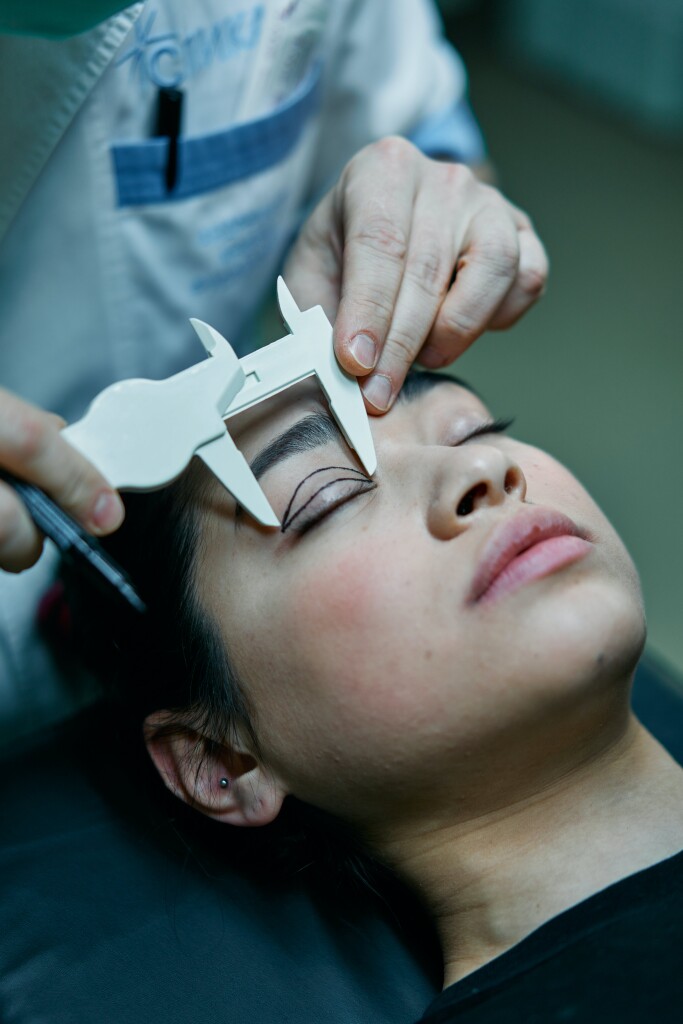
Choosing the Right Plastic Surgeon for Your Good Plastic Surgery:
Choosing the right plastic surgeon is one of the most important decisions you’ll make. This person will be responsible for your appearance and self-confidence. Good Plastic Surgery Take your time finding a doctor you connect with and trust completely.
Do Your Research:
To start, check with your insurance provider for in-network surgeons. It’s the easiest way. You can also get recommendations from your primary doctor. You can also ask friends who have had successful procedures. Once you have some candidates, visit their websites. There, learn about their experience and credentials. See reviews from other patients and before and after photos of their work. Board certification is a must.
Schedule Consultations:
Narrow down your options to 2-3 surgeons and schedule initial consultations. These meetings are your chance to get a feel for the doctor’s bedside manner and make sure your visions align. Come prepared with questions about their approach. Ask about their experience with your specific procedure and the expected results. Don’t be afraid to ask to see additional before and after images during your consultation.
Consider the Facility:
Pay attention to where the surgeon has operating privileges. Accredited surgical centers and hospitals are ideal. They have stricter health and safety standards. Good Plastic Surgery They also have emergency equipment and personnel on-site. This is in case anything goes wrong during your operation. Your surgeon should also have a team of board-certified anesthesiologists. They should also have nurses with experience assisting in cosmetic surgeries.
Follow Your Instincts:
Go with the surgeon who makes you feel most at ease and confident. Even if a doctor comes highly recommended, keep looking if something feels off during your consultation. Good Plastic Surgery This is your face and body — you want to feel comfortable that you’re getting the best care possible. With the right plastic surgeon and team in place, you’ll achieve your aesthetic goals. You’ll also enjoy a successful recovery.
Preparing for Surgery – Diet, Exercise and Lifestyle Changes:
Make some important lifestyle changes in the weeks leading up to surgery. This will help you prepare for your procedure. What you do before going under the knife can have a big impact on your recovery and results.
Diet:
Focus on eating a healthy, balanced diet with lots of protein to promote healing. Good options include fish, eggs, lean meats, nuts, and beans. Stay hydrated by drinking six to eight glasses of water per day. Limit alcohol, caffeine, and salt intake.
Stock up on easy-to-eat foods like soups, yogurt, and smoothies. They should be soft, for after your operation. Try fresh or frozen fruit. Have them ready so you don’t have to cook for the first few days of recovery.
Exercise:
Staying active will keep your body strong and improve your stamina before surgery. Aim for at least 30 minutes of moderate exercise like walking, swimming or light strength training 3-4 times a week. But avoid strenuous activity the week before your procedure.
Lifestyle:
Quit smoking at least two weeks before and after surgery. Smoking delays wound healing and slows recovery.
Arrange for time off work to recover. Most patients need at least 2-4 weeks off for major procedures.
Plan ahead for a caretaker to assist you for the first 1-2 days after surgery, especially if you live alone. Stock up on essential supplies like gauze, antibacterial ointment, pain medication, etc.
Discuss any medications or supplements you’re on with your doctor. Some may need to be avoided around the time of surgery. Stop taking aspirin, ibuprofen, and herbal remedies 2 weeks before. They can increase bleeding.
Maintaining a healthy pre-op routine will set you up for success. The weeks leading up to your procedure may seem stressful. Focus on taking good care of yourself. Eat right, stay active, and plan ahead. Your body and mind will thank you – and your results will shine through.
Recovery and Aftercare Following Plastic Surgery:
Recovery and aftercare are critical following any plastic surgery procedure. To ensure the best results and healing, there are several things you’ll need to keep in mind.
Follow your surgeon’s instructions:
Your surgeon and care team will provide detailed instructions for recovery and aftercare. Follow these , including:
- Wound care: cleaning, dressing and bandaging any incisions or wounds. Change bandages as directed.
- Take any prescribed medications exactly as directed. Good Plastic Surgery This will help you avoid infection and manage pain.
- Activity restrictions: Limit strenuous activity, exercise and movement based on your surgeon’s guidance. Get extra rest and allow your body to heal.
- Attend all scheduled follow-up appointments. Good Plastic Surgery Your surgeon will monitor your recovery and results.
Manage swelling and bruising
Swelling, bruising and discomfort are normal after plastic surgery. To minimize these:
- Apply ice or cold compresses as directed by your surgeon.
- Elevate the areas of your body where procedures were performed above heart level when sitting or lying down.
- Wear any compression garments as directed to reduce swelling.
- Sleep with an extra pillow to keep your head slightly elevated.
Maintain a healthy diet:
A balanced diet will aid your recovery. Focus on:
- Protein: Chicken, fish, eggs, nuts to help new cell growth.
- Zinc: Oysters, beef, pumpkin seeds to boost wound healing.
- Vitamin C: Citrus fruits, bell peppers, broccoli for collagen production.
- Staying hydrated: Drink plenty of water to help your body heal.
Recovery can take weeks to months depending on your procedure. Be patient through the process and avoid rushing back to normal activity before you’ve fully healed. Follow your aftercare instructions diligently. This will help you achieve the best results from your plastic surgery. Call your surgeon if you have any concerns. Also, call if you notice signs of infection like increased pain, redness, swelling, or fever.
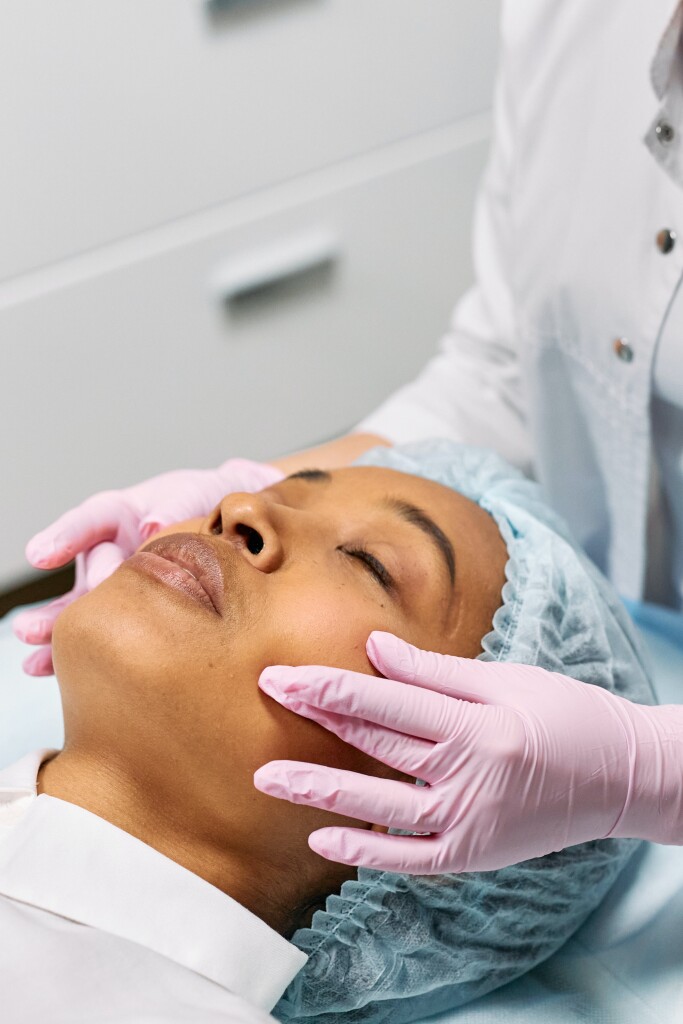
Showcasing Your Best Self – Dramatic Before and After Photos:
Showcasing dramatic before and after photos is key. It demonstrates your plastic surgery skill and results. Patients considering cosmetic surgery want to see real examples of the transformation they can expect.
Choose Impactful Photos:
Select photos that highlight the specific procedure the patient is interested in. For a facelift, use close-up shots that accentuate changes in wrinkles, jowls and neck. For rhinoplasty, zoom in on the nose from front and profile views. Breast augmentation patients will want to see the size, shape and cleavage changes.
Be Authentic and Candid:
Use real patients who have given their permission to share uncensored photos. Patients can spot overly retouched or staged photos from a mile away. Good Plastic Surgery Candid shots in normal lighting are most believable and effective. They don’t have professional makeup or hairstyling.
Share the Full Story:
Include photos from multiple angles, distances and time points in the process. Share before shots from the initial consultation, as well as after photos from 1 week, 1 month and 6-12 months post-op or beyond. This demonstrates both the immediate results as well as how natural the final results will look after complete healing.
Educate and Set Expectations:
In the captions for each set of photos, explain details about the procedure. Also, explain details about the recovery process and timeline. Be transparent about potential side effects, scarring, and the factors that influence individual results. Make it clear that patience is required to see the full outcome, though benefits often start to show through quite quickly.
Gain Written Testimonials Too:
Publish authentic written testimonials from patients describing their experience, results and satisfaction. Quotes and stories from real people who have been through the process with you build credibility and trust. Video testimonials can be even more powerful.
Follow these tips for showcasing impactful before and after photos. They will give prospective patients a realistic preview of the skill and artistry you can provide. Good Plastic Surgery When someone is considering a cosmetic procedure, authentic visual examples are worth a thousand words. Dramatic transformations and happy patients are your best marketing tools.
Popular Plastic Surgery Procedures and Expected Results:
Plastic surgery has become increasingly popular and accessible. When done right by a skilled surgeon, the results can be subtle yet impactful. Here are some of the most common procedures and what you can:
Facelift:
A facelift, or rhytidectomy, aims to reduce signs of aging in the mid and lower face and neck. Incisions are made around the ears, hairline and chin to tighten underlying tissues and muscles. This can eliminate sagging skin, jowls and a “double chin.” Recovery typically takes 2 to 4 weeks. Results will last 10 years or more before needing a touch up.
Rhinoplasty:
Rhinoplasty, or a “nose job,” reshapes the nose to correct issues with size, shape, symmetry or function. An incision is made either inside the nose or between the nostrils. Good Plastic Surgery The surgeon then sculpts the bone and cartilage to achieve the desired shape and size. Swelling and bruising are common after and can take several months to fully subside. However, the final results of a well-done rhinoplasty can last indefinitely.
Breast Augmentation:
Breast augmentation uses implants to increase breast size and enhance shape. A good plastic surgeon makes an incision under the breast, armpit, or along the areola to create a pocket for the implant. Saline or silicone gel implants are inserted and results are seen immediately. Recovery takes around 2 to 4 weeks. Good Plastic Surgery With normal aging and weight changes, a repeat surgery may be needed 10 to 15 years later to replace or remove the implants.
Liposuction:
Liposuction slims and reshapes specific body areas. It removes excess fat deposits. The surgeon makes small incisions around the treatment area. These areas may include the abdomen, thighs, hips, or chin. The surgeon inserts a cannula, a hollow tube, to suction out fat. Good Plastic Surgery Swelling, bruising, and soreness are common side effects. They fade over several weeks. Results are permanent. Maintaining a stable weight is key to avoiding fat re-accumulation. For the best outcome, we may need to put in place additional procedures.
Select a board-certified plastic surgeon. Follow all pre- and post-op instructions . You’ll be on your way to a successful procedure. But remember, true beauty comes from within!
Conclusion:
So there you have it, the key ingredients for having Good Plastic Surgery and after results. Do your research and find a board-certified plastic surgeon you connect with. Ensure that the surgeon has experience. Have realistic expectations about the outcome. Follow all pre- and post-op instructions . Allow adequate recovery time. Take good care of yourself through proper diet, hydration, and limiting stress. You’ll soon get the natural-looking cosmetic enhancement you’ve longed for. This will happen if you have the right mindset, prepare, and commit to aftercare. Stay focused on your motivations and the end goal. Before you know it, you’ll be admiring your new look in the mirror. You’ve got this! Now go out there and achieve the transformation you’ve been envisioning. The new confident you is waiting to emerge.

